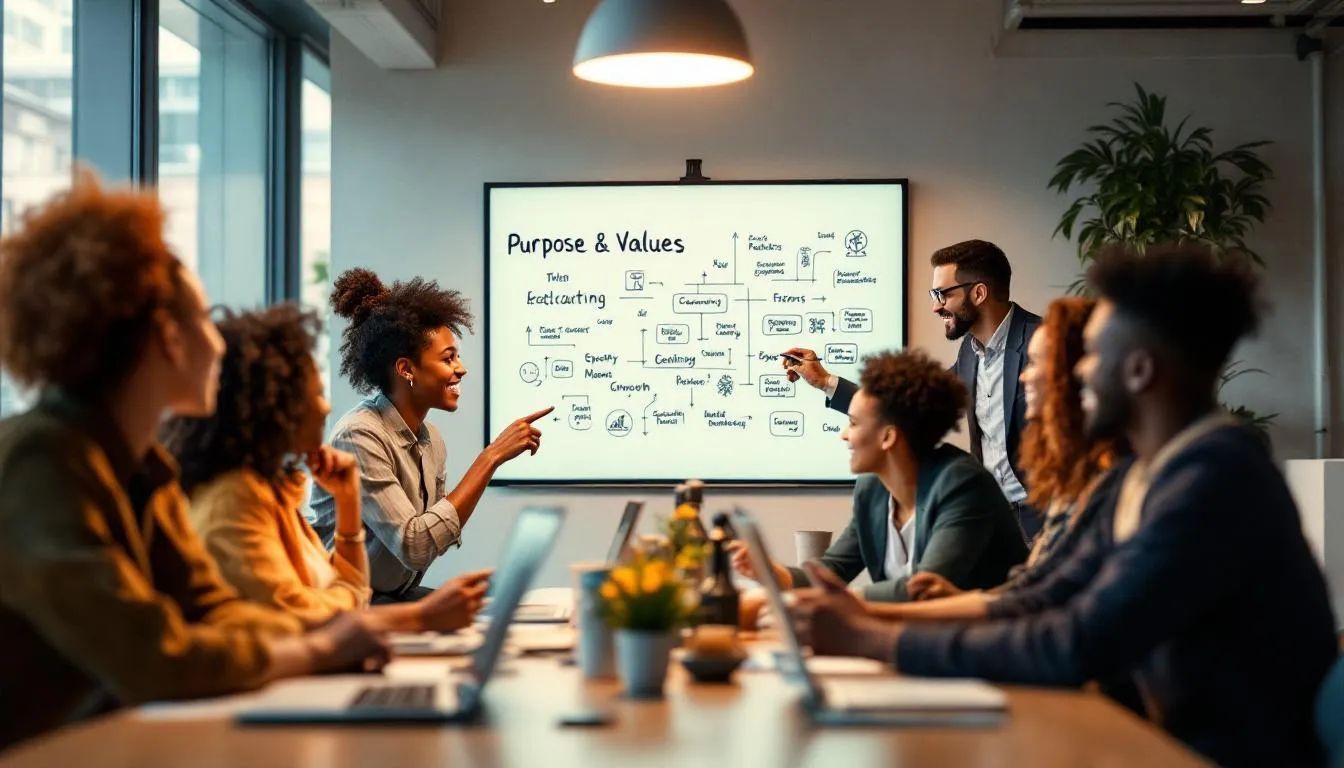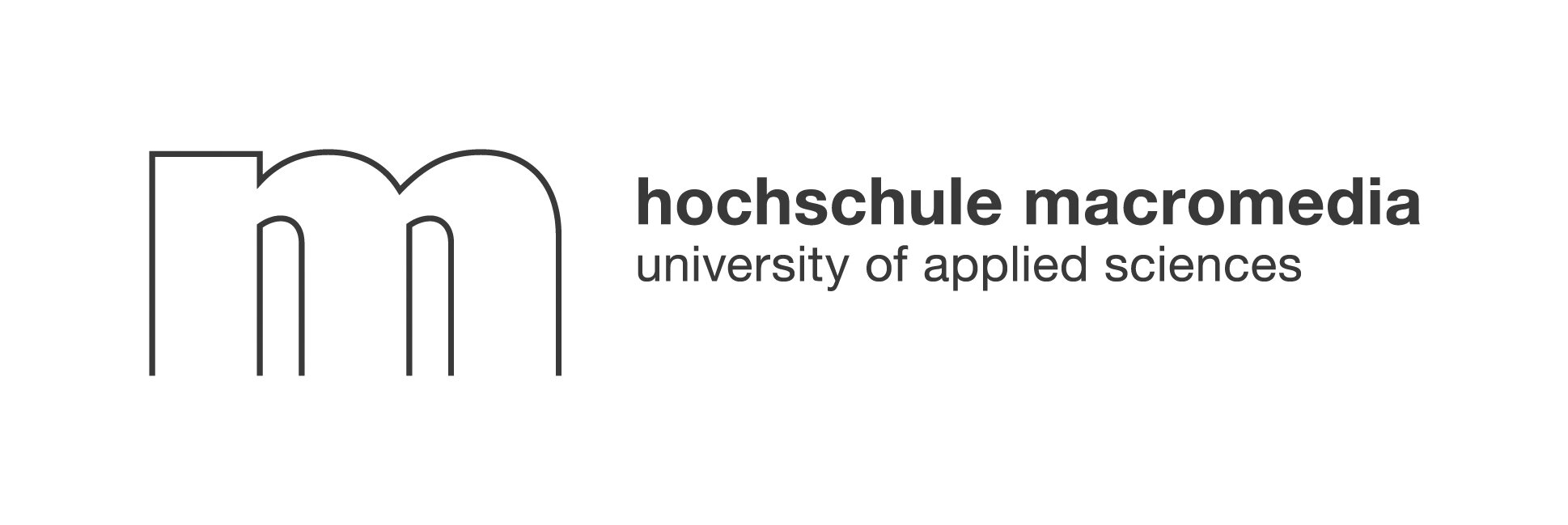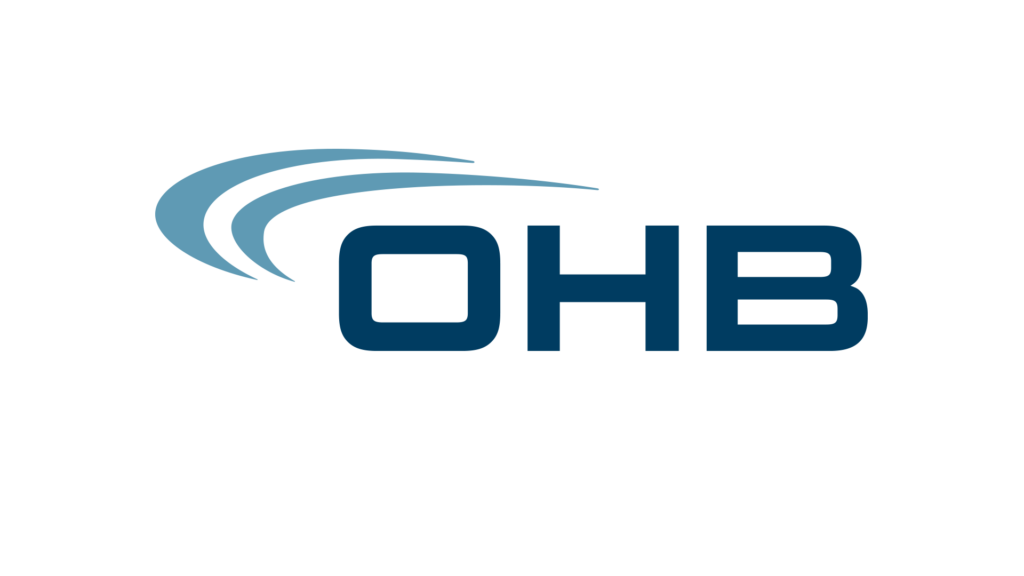In 2025, creating emotionally engaged workplace cultures is no longer an optional HR initiative. It’s a strategic imperative that drives retention, innovation, and business success—especially in hybrid and remote environments. Yet, most organizations still struggle to unlock deep emotional engagement, relying on outdated, impersonal programs that rarely spark genuine connection. If you’re looking for a new blueprint that leverages AI and authentic interactions, keep reading. The future of work belongs to cultures where people truly care, collaborate, and thrive together.
The Business Case for Emotionally Engaged Workplace Cultures
Why invest in creating emotionally engaged workplace cultures? The answer is simple: businesses with emotionally connected employees outperform those without. According to Gallup, highly engaged teams see up to 23% higher profitability and 18% greater productivity. Engaged employees are more likely to stay, innovate, and advocate for your brand.
But emotional engagement goes beyond job satisfaction or surface-level perks. It’s about employees feeling truly seen, valued, and connected—to their work, their colleagues, and the organization’s purpose. This deep sense of belonging fuels discretionary effort, resilience, and creativity. In contrast, disengagement leads to high turnover, burnout, and missed opportunities.
Hybrid work has raised the stakes. With teams spread across locations and time zones, fostering authentic relationships and a unified culture is more challenging—and more critical—than ever. Traditional engagement tactics, like generic virtual happy hours or top-down recognition programs, often fall flat, leaving employees feeling isolated or overlooked.
The organizations leading in 2025 are those that prioritize emotional connection, psychological safety, and organic collaboration. They use technology not to automate culture, but to enable real, human moments that matter.
Spotting the Engagement Gaps: Common Barriers and Warning Signs

Emotional engagement doesn’t fade overnight. It erodes through subtle signals and systemic barriers that, if ignored, can undermine even the strongest organizations.
Toxic culture red flags
Toxic cultures aren’t always obvious at first. Some red flags include:
- Lack of trust and transparency between leaders and teams
- Poor communication and constant rumor mills
- Exclusion, cliques, or favoritism
- High stress, burnout, and absenteeism
- Employees feeling unsafe to speak up or make mistakes
A 2022 MIT study found that toxic culture was the leading predictor of employee attrition—more than compensation or workload.
Engagement-killing management habits
Leaders and managers play a pivotal role in shaping emotional engagement. Common habits that drain engagement include:
- Micromanagement and lack of autonomy
- Focusing solely on short-term results, not long-term growth
- Ignoring or dismissing employee feedback
- Recognition that feels forced or inauthentic
- Unclear expectations and shifting priorities
“Seventy percent of workers’ experience is based on manager behavior.”
— Michael McCarthy, Harvard DCE
When these warning signs persist, even the most well-intentioned engagement strategies will struggle to gain traction.
Eight Core Drivers of Emotional Engagement
What actually moves the needle on emotional engagement? Research and real-world experience point to eight core drivers:
Shared purpose and values
When employees understand and believe in the organization’s mission, they connect their daily work to a bigger picture. Shared values create common ground and a sense of pride.
Continuous growth opportunities
People want to learn, stretch, and see a future for themselves. Providing access to skill development, mentorship, and new challenges keeps engagement high.
Recognition and appreciation
Genuine, timely recognition—especially from peers—reinforces positive behaviors and makes employees feel valued.
Autonomy and flexibility
Trusting employees to manage their work, make decisions, and balance life commitments signals respect and boosts motivation.
Well-being and psychological safety
A culture that prioritizes mental health, inclusivity, and safe risk-taking helps people bring their full selves to work.
Inclusive, diverse teams
Diversity fuels innovation and belonging. Inclusion ensures every voice is heard, respected, and empowered.
Transparent communication
Open, honest dialogue builds trust. Employees want to know “what’s really going on” and how they fit into the journey.
Meaningful collaboration
Collaboration goes beyond meetings. It’s about building genuine relationships, breaking down silos, and working toward shared goals.
“A positive workplace culture aligns employees with the organization’s mission and vision, driving performance, retention, and overall success.”
— CultureMonkey
Step-by-Step Framework for Creating Emotionally Engaged Workplace Cultures
Building an emotionally engaged culture is a journey, not a one-off project. Here’s a practical, step-by-step framework to guide your efforts:
Step 1: Co-create clear purpose and values
Involve employees in defining (or refining) your organization’s purpose and core values. Make these real by connecting them to everyday behaviors and decisions.
Step 2: Equip leaders as engagement coaches
Train managers to foster trust, give meaningful feedback, and act as coaches, not micromanagers. Empower them with tools to recognize, support, and develop their teams.
Step 3: Build always-on feedback loops
Implement regular pulse surveys, open forums, and anonymous feedback channels. Show employees their voices matter by acting on what you learn.
Step 4: Celebrate progress and learning
Acknowledge wins, milestones, and even failures as learning opportunities. Use recognition programs that highlight both individual and team contributions.
Step 5: Measure, iterate, repeat
Track engagement with the right metrics, analyze trends, and adjust your strategy. Make engagement a living, evolving part of your culture.
Ordered List: The Engagement Flywheel
- Define and share your purpose and values.
- Develop managers as engagement champions.
- Gather and act on real-time feedback.
- Recognize and celebrate every step forward.
- Continuously measure, learn, and improve.
Measuring What Matters: Surveys, KPIs and Real-Time Analytics
You can’t improve what you don’t measure. But not all engagement metrics are created equal.
Choosing the right engagement metrics
Focus on metrics that reflect emotional connection and real outcomes, such as:
- Employee Net Promoter Score (eNPS)
- Turnover and retention rates
- Participation in engagement programs
- Well-being and psychological safety scores
- Peer recognition activity
Leveraging pulse and lifecycle surveys
Short, frequent pulse surveys capture evolving sentiment. Lifecycle surveys (onboarding, exit, etc.) reveal critical moments of truth. Anonymous feedback increases honesty and trust.
Turning data into actionable insights
Don’t just collect data—act on it. Use analytics to identify trends, spot at-risk teams, and surface hidden engagement drivers. Share results transparently so employees see their input making a difference.
Leadership’s Role: From Vision-Setting to Everyday Micro-Behaviors
Leadership is the engine of culture. Vision alone isn’t enough—everyday actions matter most.
Model transparency and trust daily
Leaders who communicate openly, admit mistakes, and share context build a foundation of trust. This is vital for psychological safety.
Coach, don’t micromanage
Empowering managers to coach—listening, guiding, and developing—unleashes potential. Micromanagement, on the other hand, stifles creativity and engagement.
Empower teams through autonomy
Give teams the freedom to experiment, self-organize, and own results. Autonomy signals belief in people’s abilities and fosters intrinsic motivation.
“You have to become a different person. You have to be transparent and say, ‘This culture does not work for us anymore, and we need a new one.’”
— Michael McCarthy, Harvard DCE
Tools, Programs and Case Examples to Sustain Engagement Long Term

Sustaining emotional engagement requires more than good intentions. The right tools, programs, and real-world examples make the difference.
Technology platforms that scale connection
Platforms like Neroia are revolutionizing the way organizations create emotionally engaged workplace cultures. Unlike one-size-fits-all benefits, Neroia’s AI-driven platform effortlessly discovers employees’ interests and schedules, then curates micro-events—such as yoga sessions, cycling groups, or cultural exchanges—for 3-4 participants. This approach breaks silos and sparks authentic connections, even in hybrid or remote settings.
Neroia integrates with engagement tools like Microsoft Teams, pulse survey platforms, and wellness apps, creating a seamless experience. Its anonymized analytics empower HR teams to understand engagement trends while protecting employee privacy. By minimizing planning friction and focusing on organic, small-group interactions, Neroia replaces generic initiatives with personalized, meaningful moments.
Peer-led initiatives and ERGs
Employee Resource Groups (ERGs) and peer-led programs foster belonging and shared purpose. When paired with AI-curated events, these groups become even more inclusive and impactful.
Success stories you can replicate
Consider the OHB pilot, where Neroia’s platform matched employees for yoga and company runs, orchestrated entirely by AI chat. Participation surged, and feedback highlighted the joy of meeting colleagues with shared interests—no awkward icebreakers required.
Or look at organizations that replaced impersonal virtual events with tailored micro-gatherings. They report higher engagement scores, better well-being, and stronger cross-team relationships.
“Employee engagement is 5.5 times higher when employee experience aligns with culture and strategy.”
— Kincentric Global Employee Experience Trends
Why Traditional Initiatives Fall Short in Hybrid Workplaces
- Large, impersonal programs rarely foster real relationships.
- Hybrid isolation makes it harder to connect outside immediate teams.
- Scheduled activities often conflict with personal commitments.
- Employees crave authentic, informal interactions—not forced fun.
- Generic recognition feels hollow and disconnected.
How Neroia’s AI-Driven Approach Transforms Engagement
- Effortlessly discovers shared interests and schedules for micro-events.
- Breaks down silos by connecting employees across roles and locations.
- Integrates with existing HR and engagement tools for a unified experience.
- Leverages anonymized analytics to improve programs while protecting privacy.
- Supports psychological safety, empathy, and well-being as core outcomes.
Conclusion: The Future of Emotional Engagement Is Personal, Connected, and AI-Powered
Creating emotionally engaged workplace cultures is the key to thriving in 2025 and beyond. It’s not about flashy perks or top-down programs—it’s about building a culture where every employee feels seen, valued, and connected. Neroia’s vision is to revolutionize workplace culture by using artificial intelligence to foster organic, authentic relationships through tailored micro-events, seamlessly integrated into daily work life.
By aligning with trends like psychological safety, empathetic leadership, and purpose-driven engagement, Neroia empowers organizations to move beyond generic initiatives and unlock the full potential of their people. If you’re ready to break silos, cultivate vibrant relationships, and create a workplace where emotional connection drives well-being, retention, and productivity, Neroia offers the most effective solution for creating emotionally engaged workplace cultures—today and into the future.




